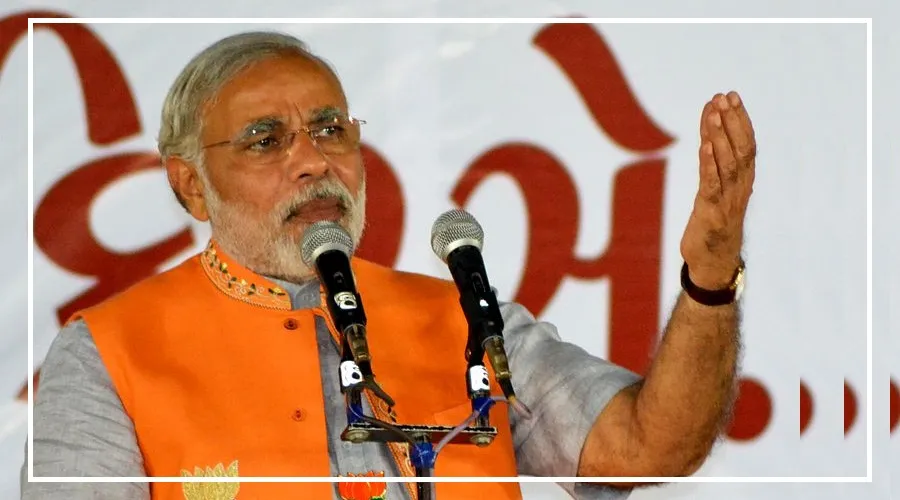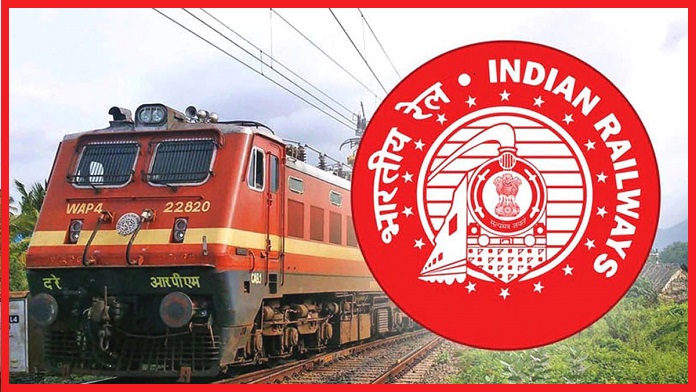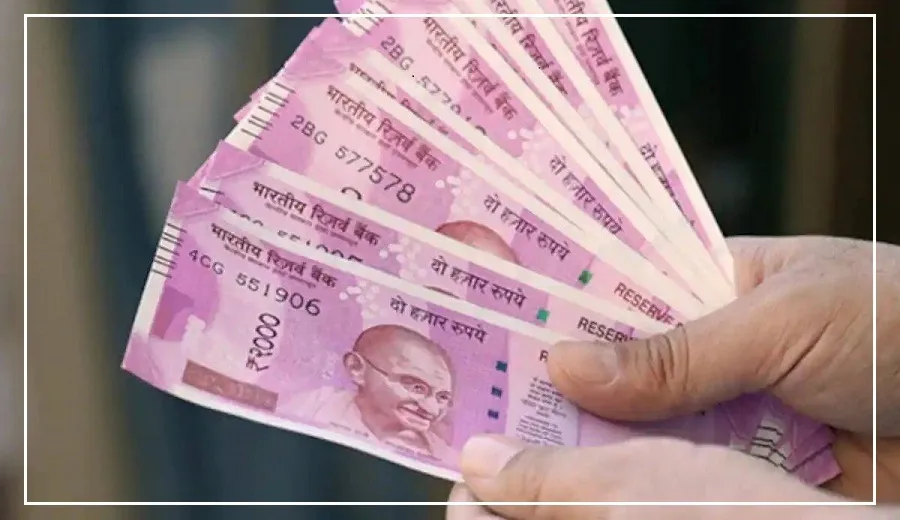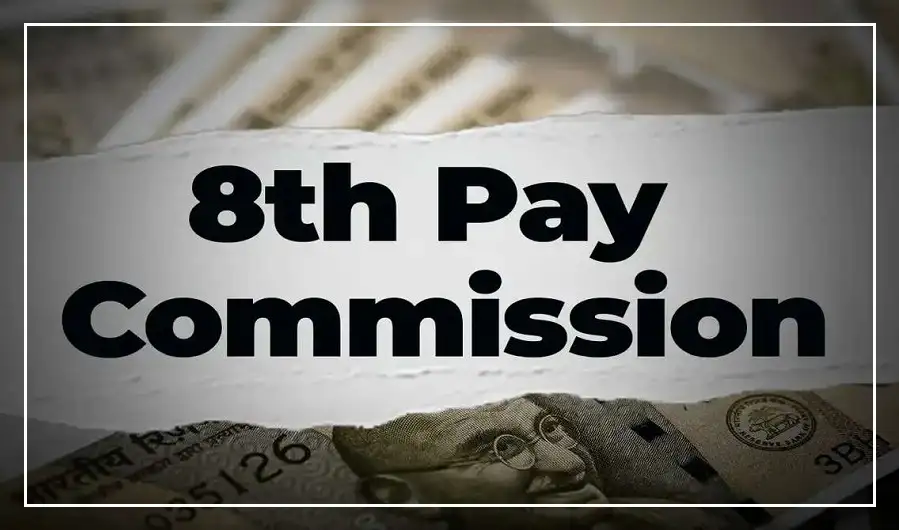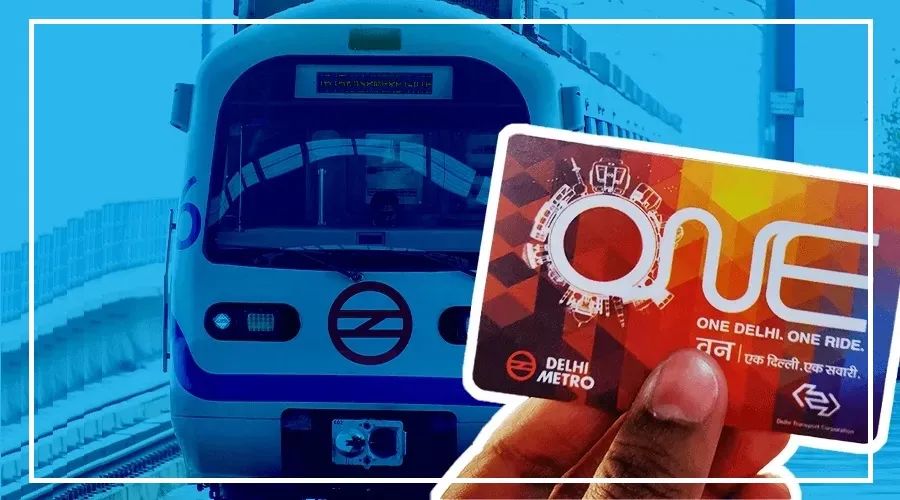The central government runs many welfare schemes that help millions of people. New schemes are also launched from time to time.
During the Budget 2025-26, Finance Minister Nirmala Sitharaman announced several new initiatives, including the Pradhan Mantri Dhan Dhanya Krishi Yojana.
Today, Prime Minister Narendra Modi officially launched this scheme.
It is designed to directly benefit farmers. Below, we explain the details, objectives, and beneficiaries of this scheme.
Objectives and Benefits of the Scheme
The Pradhan Mantri Dhan Dhanya Krishi Yojana has five main goals:
Increase agricultural productivity – helping farmers produce more from their land.
Encourage crop diversification and sustainable farming – promoting varied and eco-friendly farming practices.
Increase post-harvest storage capacity – creating better storage facilities at the panchayat and block levels.
Improve irrigation infrastructure – ensuring reliable access to water for farming.
Provide better access to agricultural credit – making it easier for farmers to get short-term and long-term loans.
The scheme targets areas with low agricultural yields and will provide assistance to 17 million farmers. It will be implemented in collaboration with state governments.
Who Will Benefit?
The scheme was announced in the 2024-25 budget and approved on July 16, 2025. It will cover 100 low-performing agricultural districts with an annual outlay of ₹24,000 crore over six years.
Beneficiary districts by state include:
Andhra Pradesh: Sri Sathya Sai, Anantapur (Anantapuramu), Alluri Sitarama Raju, Annamayya
Arunachal Pradesh: Anjaw
Assam: Sribhoomi (Karimganj), Charidev, Dima Hasao
Bihar: Madhubani, Darbhanga, Banka, Gaya, Siwan, Kishanganj, Nawada
Chhattisgarh: Dantewada, Jashpur, Korba
Goa: South Goa
Gujarat: Kutch, Dahod/Dohad, Chhota Udaipur, Panch Mahal
Haryana: Nuh
Himachal Pradesh: Bilaspur
Jammu and Kashmir: Kishtwar, Baramulla
Jharkhand: Simdega, West Singhbhum
Karnataka: Tumkur, Chitradurga, Koppal, Gadag, Haveri, Chikkaballapur
Kerala: Kozhikode, Kasaragod, Kannur
Madhya Pradesh: Anupur, Dindori, Alirajpur, Shahdol, Umaria, Sidhi, Niwari, Tikamgarh
Maharashtra: Palghar, Yavatmal, Gadchiroli, Dhule, Raigad, Chandrapur, Chhatrapati Sambhajinagar (Aurangabad), Nanded, Beed
Manipur: Tamenglong
Meghalaya: West Jaintia Hills
Mizoram: Mamit
Nagaland: Mon
Odisha: Kandhamal, Malkangiri, Sundargarh, Nuapada
Punjab: Fazilka
Rajasthan: Barmer, Jaisalmer, Pali, Nagaur, Jodhpur, Bikaner, Churu, Jalore
Sikkim: Geyzing (formerly West District)
Tamil Nadu: Ramanathapuram, Thoothukudi, Sivaganga, Virudhunagar
Telangana: Narayanpet, Jogulamba Gadwal, Jangoan, Nagarkurnool
Tripura: North Tripura
Uttar Pradesh: Mahoba, Sonbhadra, Hamirpur, Banda, Jalaun, Jhansi, Unnao, Prayagraj, Chitrakoot, Pratapgarh, Shravasti, Lalitpur
Uttarakhand: Almora, Chamoli
West Bengal: Purulia, Darjeeling, Alipurduar, Jhargram
This scheme aims to boost agricultural productivity, support low-yield areas, and provide financial and infrastructural assistance to millions of farmers across India.
